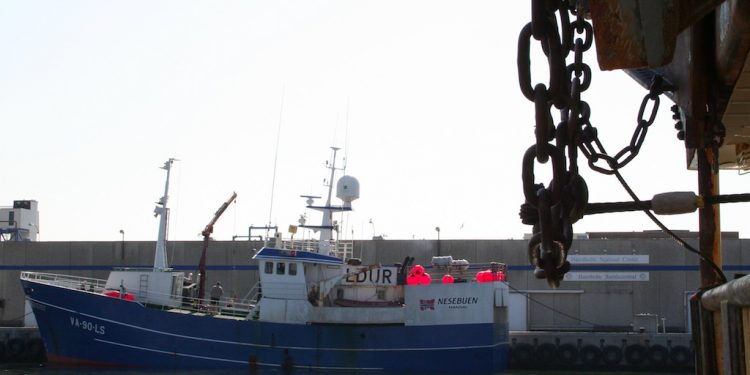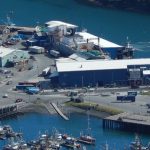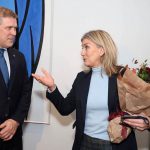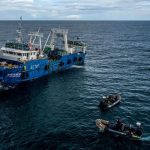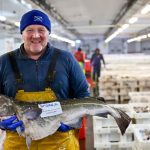The EU and Norway have concluded consultations that will lead to the modernisation the exchange of fisheries data for control purposes.
The delegations agreed to use a common software platform for data exchanges, the FLUX Transportation Layer, developed by the European Commission. They agreed to start using the software to exchange vessel position data as of 1st January 2023, with other types of data to follow.
In addition, the EU and Norway agreed to use a new format, called UN/FLUX Standard, for exchanging vessel positions.
The UN/FLUX Standard, developed by the EU and officially recognised by the United Nations Centre for Trade Facilitation and Electronic Business (UN/CEFACT), harmonises the exchanges of fisheries control data internationally and is already used in the EU.
Talks are underway with many international partners on its introduction, with the North-Atlantic Fisheries Convention already reaching an agreement in principle. Norway is the third coastal state in the North-East Atlantic to adopt the standard, after the EU and the UK.
The harmonisation of data exchange formats reduces costs, making fisheries control more accessible to public authorities.
EU and Norway also agreed to increase the frequency of transmissions of vessel positions to 30 minutes for Danish, Swedish and Norwegian vessels fishing in the Skagerrak. The measure will improve the control of the fleets operating under the 2014 agreement on reciprocal access to fishing in the Skagerrak.

